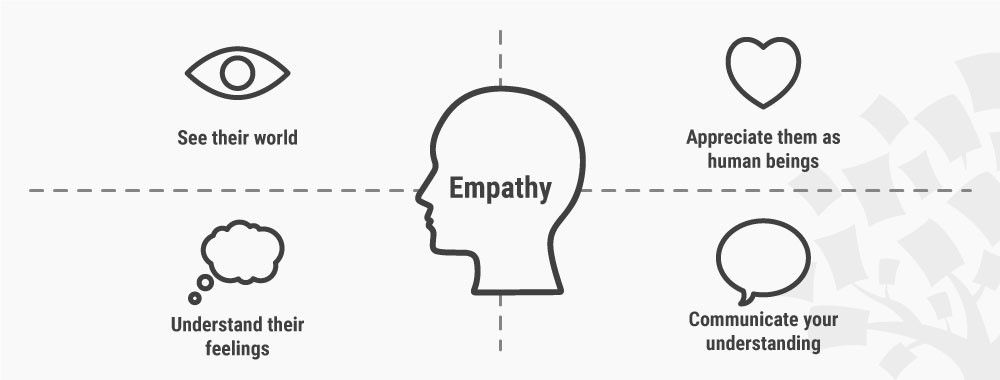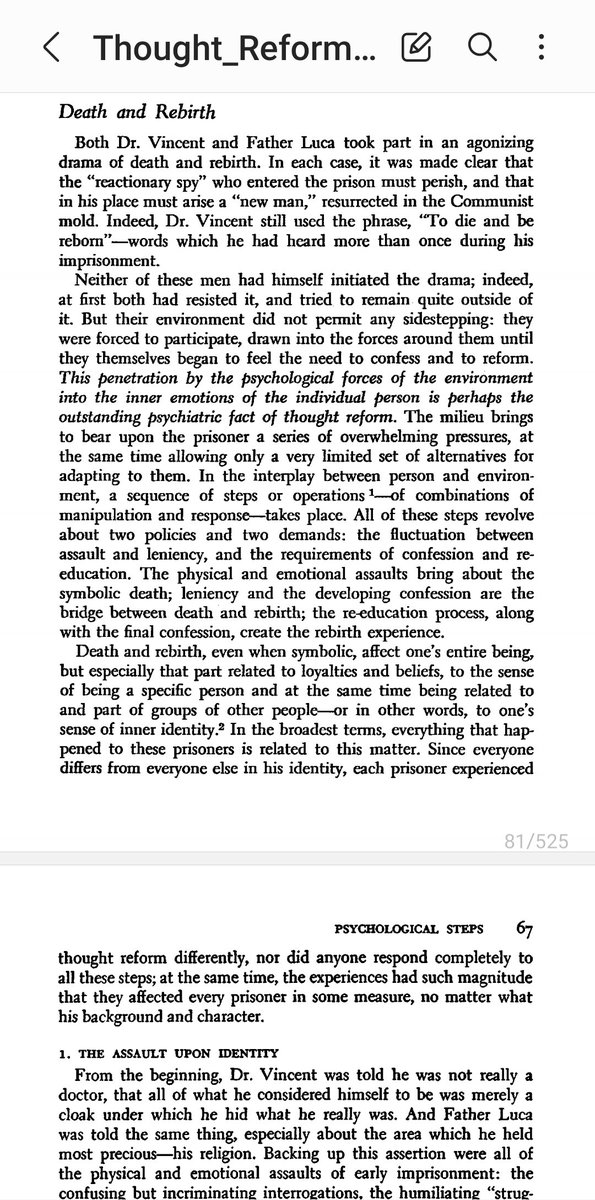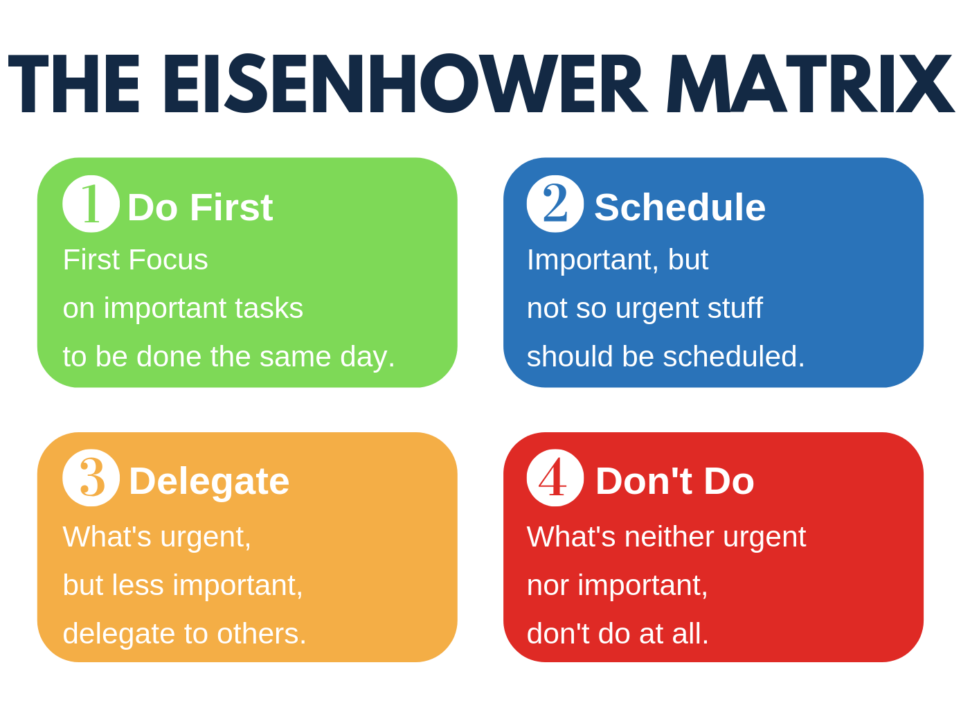Essentials Of Good Communication Presentation
| Essentials of Good Communication | ||
|---|---|---|
| Clear and Concise: Communication should be clear and to the point, avoiding any unnecessary jargon or complex language. Active Listening: Actively listen to understand others, show empathy, and provide appropriate responses. Non-Verbal Cues: Pay attention to body language, facial expressions, and tone of voice to enhance understanding. | ||
| 1 | ||
| 2: | ||
|---|---|---|
| Your first bullet Your second bullet Your third bullet | ||
| 2 | ||
| 2 | ||
|---|---|---|
| Respectful Tone: Maintain a respectful tone while communicating, even during disagreements or conflicts. Use of Feedback: Seek feedback to ensure the message is understood and make necessary adjustments if needed. Adaptability: Adapt communication style to suit the needs and preferences of the audience. | ||
| 3 | ||
| 3: | ||
|---|---|---|
| Your first bullet Your second bullet Your third bullet | ||
| 4 | ||
| 3 | ||
|---|---|---|
| Clarity of Purpose: Clearly define the purpose and objective of the communication to avoid confusion. Consider Audience: Tailor your message to the specific needs, knowledge, and interests of your audience. Use of Visuals: Utilize visual aids such as charts, diagrams, or slides to enhance understanding and engagement. | ||
| 5 | ||
| 4: | ||
|---|---|---|
| Your first bullet Your second bullet Your third bullet | ||
| 6 | ||
| 4 | ||
|---|---|---|
| Empathy: Show understanding and empathy towards others' perspectives and feelings. Open-Mindedness: Be open to different ideas and opinions, fostering an environment of inclusivity and collaboration. Use of Examples: Illustrate complex concepts or ideas with relevant examples to enhance clarity. | ||
| 7 | ||
| 5: | ||
|---|---|---|
| Your first bullet Your second bullet Your third bullet | ||
| 8 | ||
| 5 | ||
|---|---|---|
| Timeliness: Communicate in a timely manner, respecting deadlines and providing updates as necessary. Positive Language: Use positive language and avoid negative or confrontational words to promote a constructive atmosphere. Confidence: Express confidence and assertiveness when communicating, ensuring your message is heard. |  | |
| 9 | ||
| 6: | ||
|---|---|---|
| Your first bullet Your second bullet Your third bullet | ||
| 10 | ||
| 6 | ||
|---|---|---|
| Feedback Loop: Encourage two-way communication and actively seek feedback from the audience. Cultural Sensitivity: Be aware of cultural differences and adapt your communication style accordingly, respecting diversity. Use of Technology: Utilize appropriate communication tools and technology to facilitate effective communication. | ||
| 11 | ||
| 7: | ||
|---|---|---|
| Your first bullet Your second bullet Your third bullet | ||
| 12 | ||
| 7 | ||
|---|---|---|
| Clarity in Writing: Write clearly, using proper grammar, punctuation, and formatting to ensure the message is easily understood. Avoid Assumptions: Clarify any assumptions and ask for clarification when necessary to avoid misunderstandings. Conflict Resolution: Develop effective conflict resolution skills to address disagreements and maintain positive relationships. | ||
| 13 | ||
| 8: | ||
|---|---|---|
| Your first bullet Your second bullet Your third bullet | ||
| 14 | ||
| 8 | ||
|---|---|---|
| Confidence in Public Speaking: Develop confidence in public speaking through practice and preparation. Active Engagement: Encourage active participation and engagement from the audience through questions, discussions, or activities. Flexibility: Be flexible in adapting your communication style to different situations and environments. | ||
| 15 | ||
| 9: | ||
|---|---|---|
| Your first bullet Your second bullet Your third bullet | ||
| 16 | ||
| 9 | ||
|---|---|---|
| Time Management: Respect others' time by being punctual and keeping communication concise and focused. Emotional Intelligence: Develop emotional intelligence to understand and manage emotions during communication. Trust Building: Build trust through consistent and transparent communication, honoring commitments and being reliable. | ||
| 17 | ||
| 10: | ||
|---|---|---|
| Your first bullet Your second bullet Your third bullet | ||
| 18 | ||
| 10 | ||
|---|---|---|
| Continuous Improvement: Seek opportunities to improve communication skills through feedback, training, and self-reflection. Follow-Up: Follow up on communication to ensure understanding, address any concerns, and maintain relationships. Positive Attitude: Maintain a positive attitude in communication, fostering a supportive and productive atmosphere. | ||
| 19 | ||

















